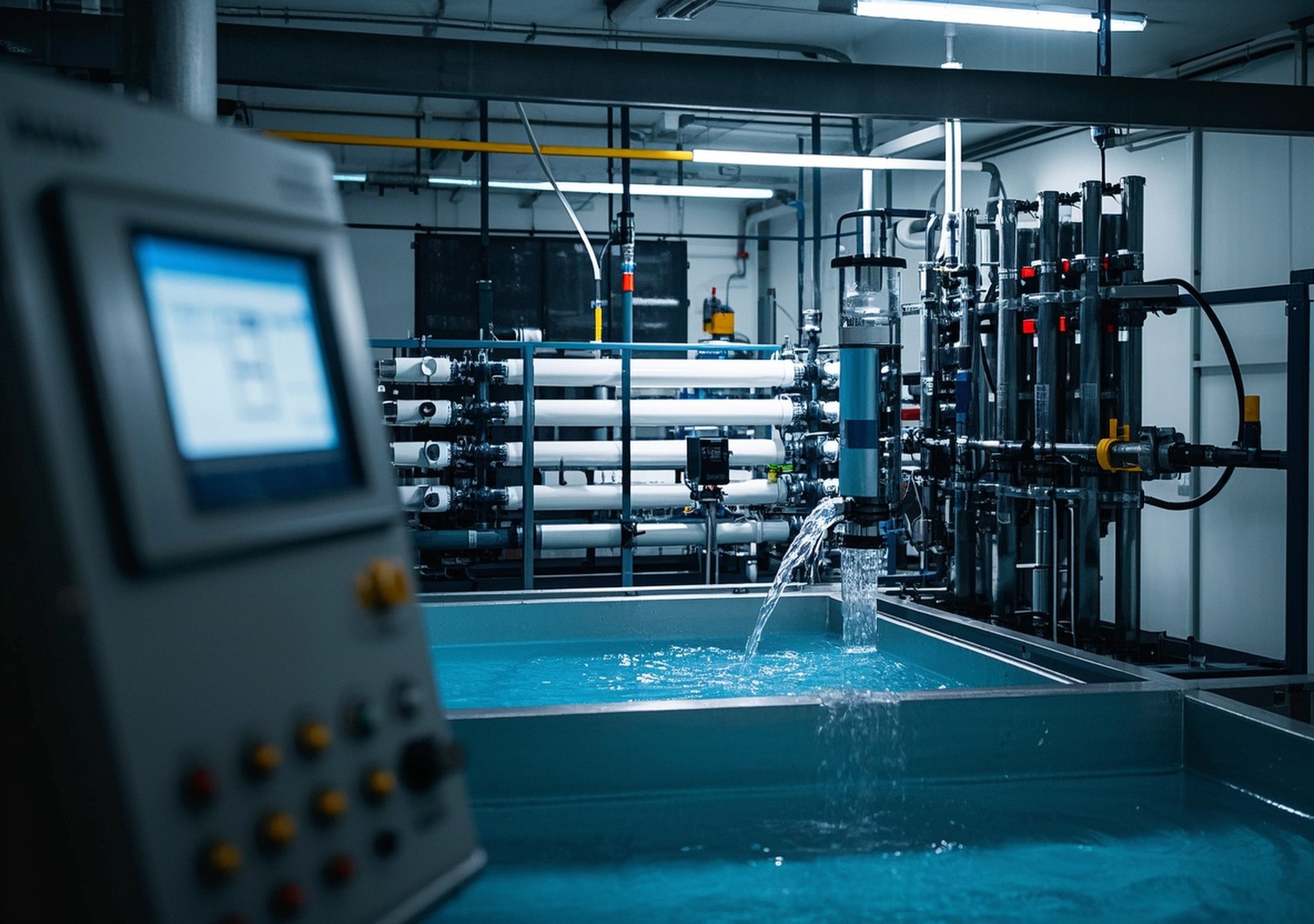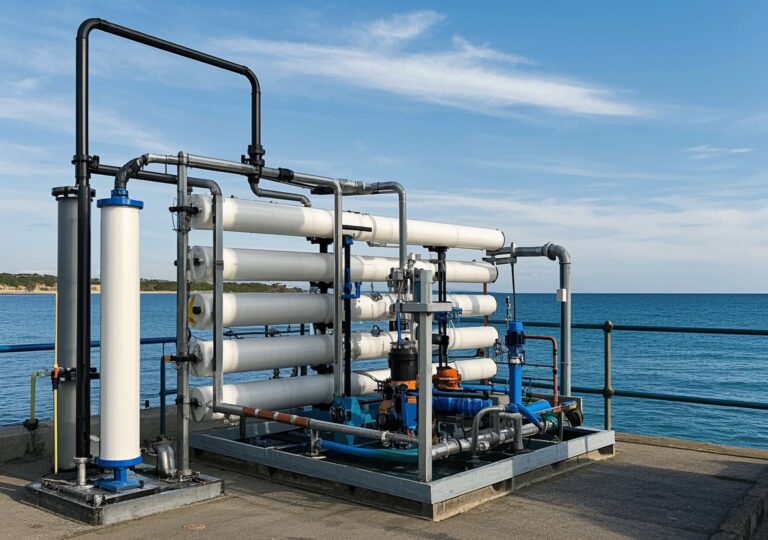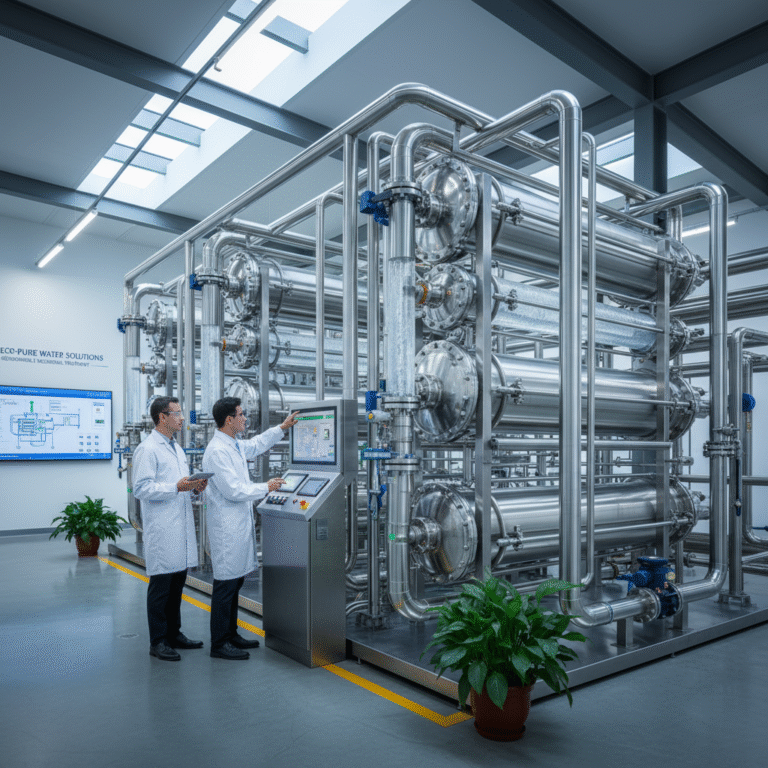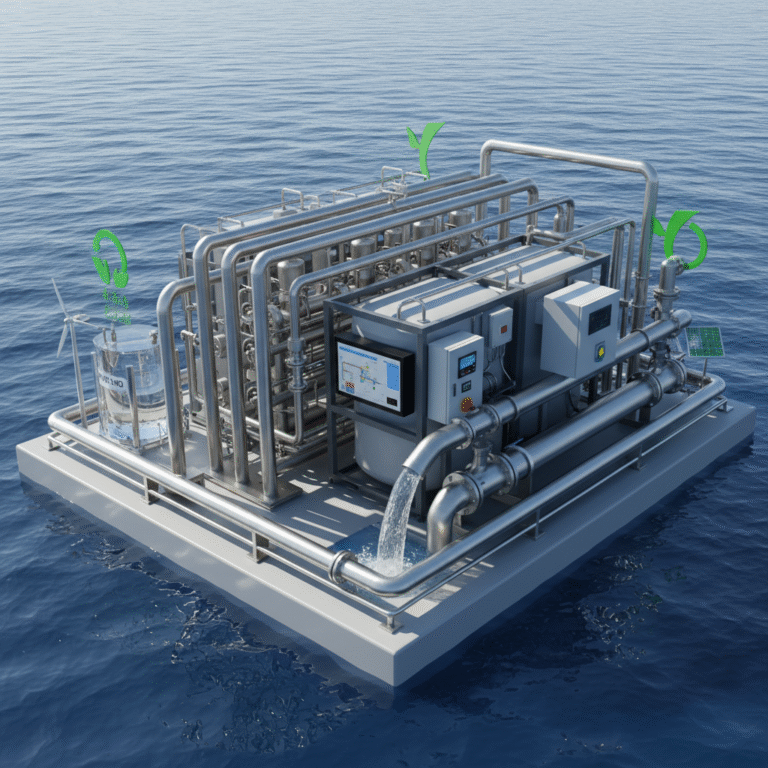Thriving: reverse osmosis water purification system operate case study

Thriving: Reverse Osmosis Water Purification System Operation Case Study
1. Industry and Company Background
The industrial water treatment sector plays a pivotal role in ensuring sustainable water use and environmental stewardship worldwide. Companies specializing in water purification equipment bear significant responsibility to deliver efficient, reliable solutions that meet stringent regulatory and quality standards. Within this landscape, manufacturing enterprises focused on advanced water treatment technologies prioritize innovation, durability, and environmental compliance. These companies invest heavily in research and development to create systems that not only safeguard water quality but also minimize ecological impact across industrial applications.
Industrial water purification is essential in sectors including pharmaceuticals, electronics manufacturing, food and beverage, and municipal water supply. Implementing cutting-edge technologies such as reverse osmosis (RO) facilitates contaminant removal at microscopic levels, enabling reuse of treated wastewater or production of ultrapure water. This aligns directly with corporate sustainability goals and local environmental regulations, especially in emerging markets such as Africa, Southeast Asia, and South America where water scarcity and pollution present acute challenges.
2. Product Suite Overview
The modern industrial water treatment portfolio typically encompasses a spectrum of technologies designed to address varied purification needs. Each system targets specific contaminants and operational conditions, enhancing process flexibility and treatment efficacy.
Reverse Osmosis Systems
Reverse osmosis water purification systems operate by applying external pressure to force water through semi-permeable membranes, effectively separating dissolved solids, salts, and organic contaminants. Core components include cartridge prefilters, high-pressure RO pumps, membrane modules, and pressure vessels housing membranes. The systems achieve removal rates of up to 99% for dissolved salts and pathogens. Variants include seawater desalination units, brackish water systems, and ultrapure water production lines.
Typical Applications: Pharmaceutical manufacturing, power plant boiler feed, food and beverage processing, semiconductor fabrication.
Ultrafiltration Systems
These systems use membranes with slightly larger pore sizes than RO, efficiently removing suspended solids, bacteria, and certain viruses. Often deployed as pretreatment before RO to extend membrane lifespan and reduce fouling.
Electrodeionization (EDI) Systems
EDI combines ion exchange resins and ion-selective membranes with electrical currents to continuously remove ionized species from water streams without chemical regenerants, providing a sustainable solution for ultrapure water production.
Pre-treatment and Water Softening Systems
These units prepare feedwater by removing large particles, hardness ions (e.g., calcium, magnesium), and other scale-forming elements to protect sensitive membrane components downstream. Technologies include multimedia filtration, chemical dosing, and ion exchange softening.
3. Technological Innovations and Competitive Advantages
| Parameter | Traditional Systems | Modern RO-Based Systems |
|---|---|---|
| Purification Efficiency | Variable, often 70-85% contaminant removal | Consistently > 95% removal of dissolved solids and pathogens |
| Energy Consumption | High due to thermal processes | Lower energy use enabled by pressure-driven membrane technology |
| Chemical Use | Extensive use of coagulants and disinfectants | Reduced chemical demand due to physical membrane separation |
| Footprint and Modularity | Large footprint, complex infrastructure | Compact, modular assemblies facilitating scalability |
Advanced membrane materials and intelligent monitoring systems enhance performance and durability. For example, integrating real-time sensors improves maintenance scheduling and reduces downtime, translating to greater operating cost savings. Innovations in membrane surface coatings reduce biofouling, a common challenge impacting ROI negatively in traditional systems.
4. Industry Status and Market Outlook
The industrial water treatment market continues its robust growth trajectory, driven by rising water scarcity, tightening environmental regulations, and increasing industrial activities in developing economies. Particularly, regions like Africa, Southeast Asia, and South America exhibit strong demand for reliable water purification technologies to support expanding industrial bases and urban populations.
Companies operating in these sectors often lead standard development initiatives, shaping global regulatory frameworks to promote sustainable water use. Market prognoses indicate the reverse osmosis system segment alone is expected to exceed USD 32 billion by 2029 with a compound annual growth rate (CAGR) surpassing 11%, signaling sustained investment in innovation and capacity expansion (ResearchAndMarkets.com).
5. Manufacturing and R&D Capabilities
Top-tier manufacturers operate advanced production facilities equipped with automated quality control to ensure consistent membrane integrity and system reliability. A robust R&D framework facilitates continuous product refinement and customization to meet unique client specifications.
Collaborative development with research institutions accelerates breakthroughs in membrane chemistry, pump efficiency, and system automation. Integration of cutting-edge analytics and digital twins allows predictive maintenance and lifecycle optimization, delivering enhanced value throughout product lifespan.
6. Customer Case Studies and Successful Implementations
In one large-scale project I oversaw within Southeast Asia’s industrial sector, the installation of a customized reverse osmosis system reduced feedwater total dissolved solids from 1200 ppm to below 50 ppm, improving process water quality by over 95%. The system operated continuously with minimal fouling over 18 months, saving the client approximately 30% in chemical consumable costs compared to previous setups.
Another case involved a pharmaceutical client in South America achieving ultrapure water compliance through an integrated ultrafiltration-RO-EDI train, guaranteeing regulatory water standards with 99.99% bacterial removal. This system facilitated product line expansion with no interruptions during a two-year follow-up period.
7. Commitment to Environmental Sustainability
Environmental stewardship is core to modern water treatment equipment design. Emphasizing energy efficiency, waste minimization, and chemical reduction aligns with global ecological goals. Modular system architectures enable retrofit and upgrade pathways, extending operational life while adapting to stricter discharge criteria.
The integration of advanced membrane technology reduces brine production, while smart controls optimize water recovery rates up to 85%, approximating circular water use models. These factors exemplify how contemporary systems contribute to long-term water resource management.
8. Contact and Engagement
Organizations seeking to enhance their industrial water treatment practices are encouraged to engage with experts for tailored consultations. Multi-channel support, including online inquiry platforms, hotline services, and regional representatives, facilitates access to customized solutions that maximize operational and financial outcomes.
Investing in state-of-the-art reverse osmosis water purification system operation technology ensures compliance, reliability, and sustainability in complex industrial environments worldwide.
Summary
This article has explored the operational principles of reverse osmosis water purification systems within the broader context of industrial water treatment. Synthesizing authoritative market data and firsthand deployment experiences reveals the vital role these technologies play in securing clean water supplies under rigorous conditions. As the demand for efficient and sustainable water treatment grows in strategic global markets, manufacturers and end-users alike benefit from embracing innovation and environmental responsibility.
References:
- Business Research Insights – Reverse Osmosis (RO) System Market Size & Growth, Forecast
- Grand View Research – Industrial Water Treatment Market Size | Industry Report 2033
- Grand View Research – Water Treatment Systems Market Size | Industry Report, 2033
- ResearchAndMarkets.com (via Business Wire) – Major Reverse Osmosis System Components Market Report, 2024
- Filtra Systems – 4 Steps In Industrial Water Purification
- Industrial Water Filtration Process: Steps, Importance, and Uses




